Maryland
The lesser-known Founding Father who became America’s first president before George Washington
Published
2 months agoon
By
Leo Heit
John Hanson, the first president of the United States
Most people think George Washington was our first president. But John Hanson got there first. On November 5, 1781, Congress picked Hanson as their first “President of the United States in Congress Assembled” under the new Articles of Confederation.
He was technically not the first person to hold this position though. Samuel Huntington continued serving when the Articles went into effect, Thomas McKean served before Hanson.
But Hanson was the very first to serve a full one-year term under the Articles.
At that time, the presidency was largely ceremonial, yet the man who held it was anything but average. Here’s his story.

Maryland Finally Caves on Confederation
John Hanson walked into Philadelphia in 1780 as Maryland’s stubborn holdout delegate.
For years, his state had blocked the Articles of Confederation because other states claimed massive western territories while Maryland had none.
The other twelve states were fed up with Maryland’s demands that everyone give up their western lands to the new government.
Hanson and his fellow Marylanders refused to budge, even as critics called them selfish obstructionists threatening the union.

Hanson Signs the Historic Document
On March 1, 1781, Hanson finally put his signature on the Articles of Confederation. Daniel Carroll signed alongside him, making Maryland the last state to join.
Their signatures completed the deal that officially created the United States under its first constitution. The moment transformed thirteen separate colonies into one confederated nation, though the new government had almost no real power.
America was finally united on paper.

Congress Keeps the Same Leader
When the Articles took effect that March, Congress didn’t bother electing a new president.
Samuel Huntington had already served way past the new one-year limit, but everyone just let him keep going.
The transition from Continental Congress to Congress of the Confederation happened without any fanfare or leadership changes.
Huntington stayed in his chair because Congress had bigger worries about winning the war than following constitutional niceties.

North Carolina’s Johnston Says No
Congress elected Samuel Johnston on July 9, 1781, making him the first president chosen after the Articles became law.
Johnston was a respected North Carolina delegate with solid credentials and diplomatic skills. But he turned down the job within days, apparently because North Carolina’s governor race was heating up and he wanted to stay available.
His rejection left Congress scrambling to find someone else willing to take on the thankless ceremonial role.

McKean Quits After Yorktown News
Thomas McKean from Delaware stepped up when Johnston refused the presidency.
McKean brought impressive experience as a Declaration of Independence signer and former Pennsylvania chief justice.
He lasted only a few months before quitting in October 1781 after hearing about Cornwallis’s surrender at Yorktown.
With the war apparently won, McKean wanted to get back to his law practice and state business.

Everyone Votes for Hanson
On November 5, 1781, every single member of Congress voted for John Hanson as their new president.
No one else even tried to run against the Maryland planter.
Hanson had earned respect for getting Maryland to finally sign the Articles, plus he was known for bringing opposing sides together.
Even George Washington cast his vote for Hanson, showing how much confidence everyone had in the man from Maryland.

President Means Almost Nothing
Hanson’s job as president looked nothing like what we think of today. He couldn’t command armies, make treaties, or enforce laws.
His main duties were running meetings, writing official letters, and signing documents that Congress approved.
The position worked more like a meeting moderator than a real executive. The founders were so afraid of kings that they gave their president almost zero power.

Hanson Wants to Quit
After just one week in office, Hanson told his colleagues he wanted to resign.
The 60-year-old found the job boring and worried about his health problems and family back in Maryland.
His fellow congressmen begged him to stay because they didn’t have enough members present to elect someone new.
Hanson’s sense of duty won out and he agreed to stick with it.

Maryland Saves Hanson’s Presidency
Hanson faced a crisis when his term as Maryland’s delegate was about to expire in November 1781.
Without being a delegate, he couldn’t serve as president of Congress.
The Maryland Assembly solved the problem by re-electing him as a delegate on November 28, 1781.
This move let Hanson finish his presidential term without any constitutional problems or interruptions.

Hanson Completes His Full Year
Hanson became the first president under the Articles to serve the complete one-year term from November 5, 1781, to November 4, 1782.
He presided over Congress during the final months of the Revolutionary War.
The highlight came when George Washington personally handed over General Cornwallis’s sword to Congress, marking America’s victory.
After his term ended, Hanson retired from politics and went home to Maryland for good.

John Hanson National Memorial
You can visit the bronze statue of John Hanson at the Frederick County Courthouse plaza on the corner of West Patrick and Court Streets in downtown Frederick.
The memorial features a life-sized statue by sculptor Antonio Tobias Mendez with a lead inscription by Senator Benjamin Cardin.
You’re looking at the exact site where Hanson’s house once stood when he lived here from 1769 until his death in 1783.
The memorial is open 24 hours daily with free access.
Walk a few blocks south to Mount Olivet Cemetery at 515 S. Market Street to see Jane Hanson’s memorial where his wife is buried.
This article was created with AI assistance and human editing.
Read more from this brand:
Currently residing in Phoenix, Arizona with his wife and Pomeranian, Mochi. Leo is a lover of all things travel related outside and inside the United States. Leo has been to every continent and continues to push to reach his goals of visiting every country someday. Learn more about Leo on Muck Rack.


15 mountain towns in America where fall feels like a painting

This Connecticut submarine museum boasts the Cold War’s most desperate shopping trip

This Colorado town was literally built to shame its sinful neighbor

The drive that shows Maryland like you’ve never seen before

If You Understand These 14 Slang Terms, You’re Definitely from Arkansas

12 Reasons Why You Should Never Ever Move to Florida

Best national parks for a quiet September visit

In 1907, Congress forced Roosevelt to put God back on U.S. coins. Here’s why.

The radioactive secret White Sands kept from New Mexicans for 30 years

America’s most famous railroad photo erased 12,000 Chinese workers from history
Trending Posts

 Pennsylvania4 days ago
Pennsylvania4 days agoHere Are 12 Things People from Pennsylvania Do That Seem Insane To Everyone Else
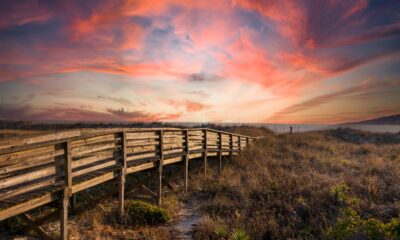
 North Carolina5 days ago
North Carolina5 days agoHere Are 12 Things People from North Carolina Do That Seem Insane To Everyone Else
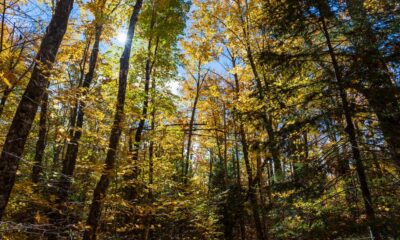
 Maine6 days ago
Maine6 days agoThe ruins of a town that time forgot are resting in this Maine state park
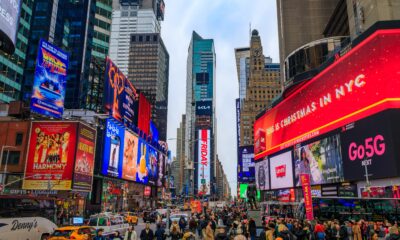
 New York5 days ago
New York5 days agoHere Are 12 Things People from New York Do That Seem Insane To Everyone Else
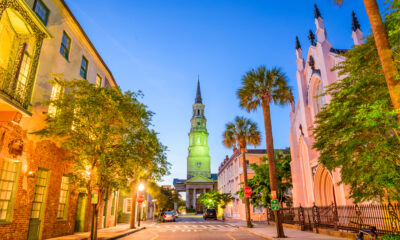
 South Carolina3 days ago
South Carolina3 days agoHere Are 12 Things People from South Carolina Do That Seem Insane To Everyone Else
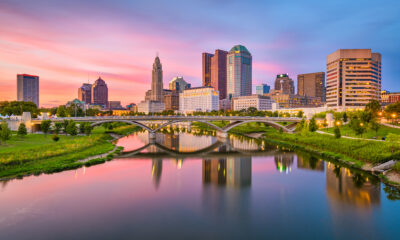
 Ohio5 days ago
Ohio5 days agoHere Are 12 Things People from Ohio Do That Seem Insane To Everyone Else
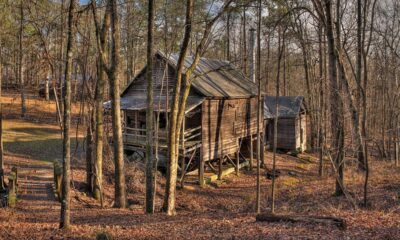
 Georgia6 days ago
Georgia6 days agoThis plantation’s slave quarters tell Georgia’s slowest freedom story
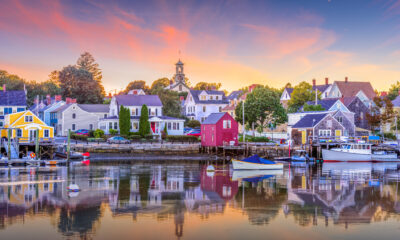
 New Hampshire6 days ago
New Hampshire6 days agoHere Are 12 Things People from New Hampshire Do That Seem Insane To Everyone Else
